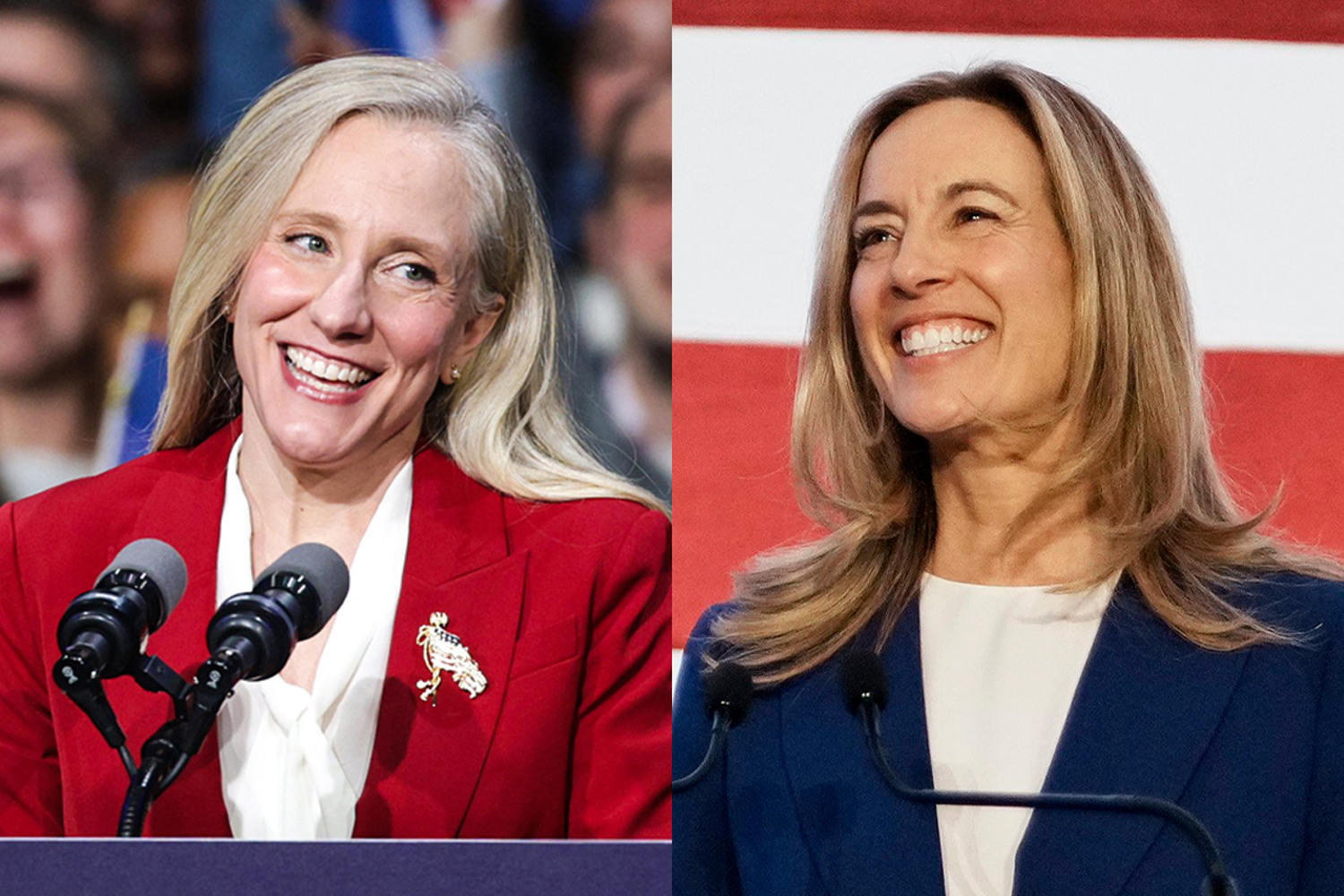The Democratic sweep on Tuesday night delivered a forceful signal that backlash is building against the Trump administration’s policies.
Many voters also sent another message: They’re done with Bidenism.
After the failure of a presidency that promised a return to normalcy, Democrats and plenty of independent voters on Tuesday embraced political disruption instead. Rather than voting to restore conventions sundered by President Donald Trump, these blue-state voters turned to more drastic remedies.
In New York City, they embraced ideological radicalism and elevated a 34-year-old far-left activist — Zohran Mamdani — to one of the nation’s most vexing executive jobs.
In California, radical politics found expression not in democratic socialism but in democratic procedure. Faced with a Republican push to gerrymander red states for the midterm elections, Gov. Gavin Newsom and his party tore up California’s nonpartisan redistricting process and asked voters to approve a new election map obliterating the GOP.
Newsom, defending the Proposition 50 campaign, declared in a Sunday “Meet the Press” interview that political traditionalism was finished.
“The rules of the game have changed. Now, we have to rewrite the new rules,” Newsom said, adding: “Of course we want to go back to some semblance of normalcy. But you have to deal with the crisis at hand.”
Politics now moves at such an astonishing speed that it is easy to miss what a revealing shift this is for a party that spent much of the last decade trumpeting contented, self-soothing slogans about how America was already great, and Trump was on the wrong side of history.
No one did more to perpetuate that version of politics than Joe Biden, who launched his campaign in 2019 with the claim that Trump’s presidency was merely an “aberrant moment in time.” For the five years that followed, Biden committed himself and his party to resurrecting pre-Trump Washington, including norms around legislative procedure and the judicial system that more confrontational Democrats wanted to abandon.
His political vision and vernacular were anchored in nostalgia for the remote past — wanting to be the new FDR, deriding Trump as an insult to George Washington’s legacy — and his most inventive political tactic was giving flag-draped, set-piece speeches at postcard locations like Gettysburg and Washington’s Union Station.
The one form of radical politics Biden adopted enthusiastically as president was the politics of identity, slicing the electorate into classes of race, gender and sexual orientation, and speaking to voters chiefly as avatars of their strategist-assigned identity blocs. He did this even as most voters, across all demographics, were concerned above all with the soaring cost of living.
The result was electoral ruin and Trump’s return to power.
This week, even the less-radical Democratic victors represent a repudiation of Biden’s approach and the old-line Democratic leadership in other ways. In Virginia, voters elected as their state’s first female governor a centrist former lawmaker, Abigail Spanberger, who was also a forceful critic of Biden at key moments during his term. In New Jersey, Rep. Mikie Sherrill won election as governor after a career in Congress marked by open conflict with Nancy Pelosi, the powerful House speaker whom Sherrill dared to oppose.
Driving a spike through Bidenism is not the same thing as inventing a successful new version of Democratic politics.
Yet as we have seen on the right, burying an unsuccessful presidency can be part of the political recovery process. The radicalism of the tea party movement in 2010 rained chaos on the Republican Party in Washington and undermined its quest to unseat Barack Obama in 2012. It also helped sever the GOP from George W. Bush’s presidency, in the public mind, and opened the way for the wholesale reinvention of conservative politics under Trump.
Mayor-elect Mamdani is not likely to be a useful template for most Democrats. In addition to holding economic and foreign policy views that put him outside the national mainstream, Mamdani will soon confront a strenuous test of his credibility in high office, as New Yorkers look for action on cost of living, quality of life and public safety issues that have confounded more experienced leaders.
Still, Mamdani’s rise is certain to further embolden other progressive figures, like Rep. Alexandria Ocasio-Cortez of New York, to lay claim to national leadership and authorship of the party’s new identity.
Newsom’s evolution as a party leader has been — and remains — somewhat less predictable. The California governor at first responded to Trump’s second election not by declaring war on the Republican Party but by launching a podcast to engage MAGA figures like Steve Bannon and the late Charlie Kirk. Newsom’s emergence as a partisan crusader happened later and — as my colleagues reportedin a definitive account of the Prop 50 campaign’s inception — not entirely by his own design.
The development of his leadership role from here is one of the most important question marks hanging over the Democratic Party as it looks toward 2026 and 2028.
But for the wider cast of Democrats who want to lay claim to the party’s future, the overall direction of travel is now clear enough: away from mourning broken norms and toward the politics of disruption.
.png)















 English (US)
English (US)